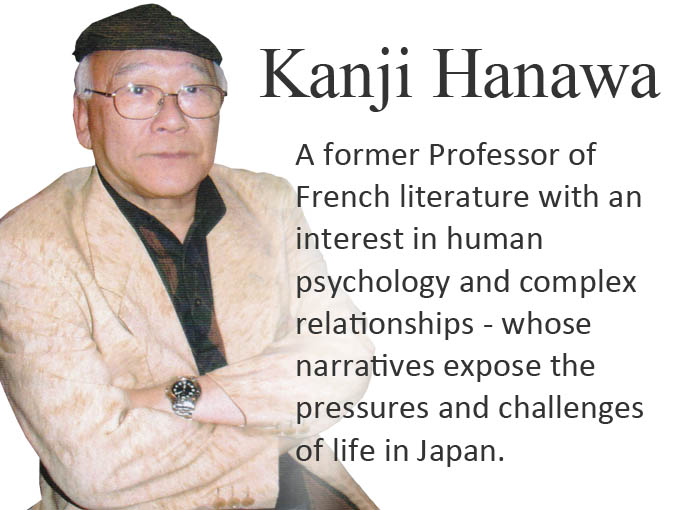The modern short story in Japan was a Western import that arrived at the turn of the 20
th century in the 1890s. It is hard to confirm what was the very first modern authentic Japanese short story, but academics often attribute this honor to
Maihime (
The Dancing Girl) by
Ogai Mori (1862-1922).
The Dancing Girl is about the relationship between a dancer, Elise, and a Japanese exchange student in Germany who is forced to choose between love, and career and duty. The narrative is sometimes compared to Puccini’s
Madame Butterfly with the roles reversed. The student decides to prioritize his career and leave Elise, alone and pregnant, and return to Japan from Berlin with tragic consequences.
Its very first sentence in the translation by Richard Bowring is: “They have finished loading the coal, and the tables here in the second-class saloon stand silent” and the short story ends “I also left some money to pay for the birth of the child that I had left in the womb of the poor mad girl. Friends like Aizawa Kenkichi are rare indeed, and yet to this very day there remains a part of me that curses him”.
The story, which is said to be partly autobiographical, was Mori’s first published work of fiction. It was written in 1890 and initially published in the relatively new and influential magazine
Kokumin no Tomo (
The Nation’s Friend), after he had spent 4 years in Germany between 1884 and 1888.
Mori and this short story helped modernize Japanese literature, not just introducing the new format, but also a new style of prose that included character development, psychology, and realism based on personal experience.
Mori, who came from a family of doctors, was influenced by both Shakespeare and Goethe, and this moving emotional short story featuring a long suffering woman and abandonment would have been a familiar narrative to Japanese readers at the time, but the added dimension of personal psychology highlighting the protagonist’s view of his actions, not just the actions themselves, was completely new.
Mori is probably best known today for his novel
Gan (The Wild Geeese). Mori wrote two other novels:
Seinen (Youth) and
Kaijin (Ashes), which was unfinished. He is better known and regarded for his novella and short stories.
However, he also published translations including a Japanese translation of
The Improvisatore (Sokkyo Shijin) the debut novel by Hans Christian Andersen (1805-1875), who is better known today for his children’s books. Andersen’s novel, like
The Dancing Girl, was semi-autobiographical. It took Mori nine years to complete the translation.
Short-form fiction and prose existed in Japan before
The Dancing Girl was published, but the styles and formats of the Edo Period (1603-1868) and earlier were very different. At the time of the publication of
The Dancing Girl no Japanese term existed to describe the new format and the Japanese term for short story, as it is used today,
Tanpen Shosetsu (literally short or brief edit novel), came into use for the first time.
The Dancing Girl is still influential and studied by students and academics today. As can been seen from this quote from the 2009 novel
Real World, by the multi-award-winning crime writer Natsuo Kirino: “when we got to be seniors our Japanese teacher assigned us to write an essay on Ogai’s story The Dancing Girl.” An English translation of the section of her brilliant but disturbing novel including this quote can be read in
The New York Times here.
A memorial museum was opened in Tokyo in 2012 to commemorate the 150
th anniversary of Mori’s birth. Interestingly, his daughter Mari Mori (1903-1987) also became a well-known author and is credited with helping start her own new publishing trend and movement, novels about male homosexual passion written by women.

